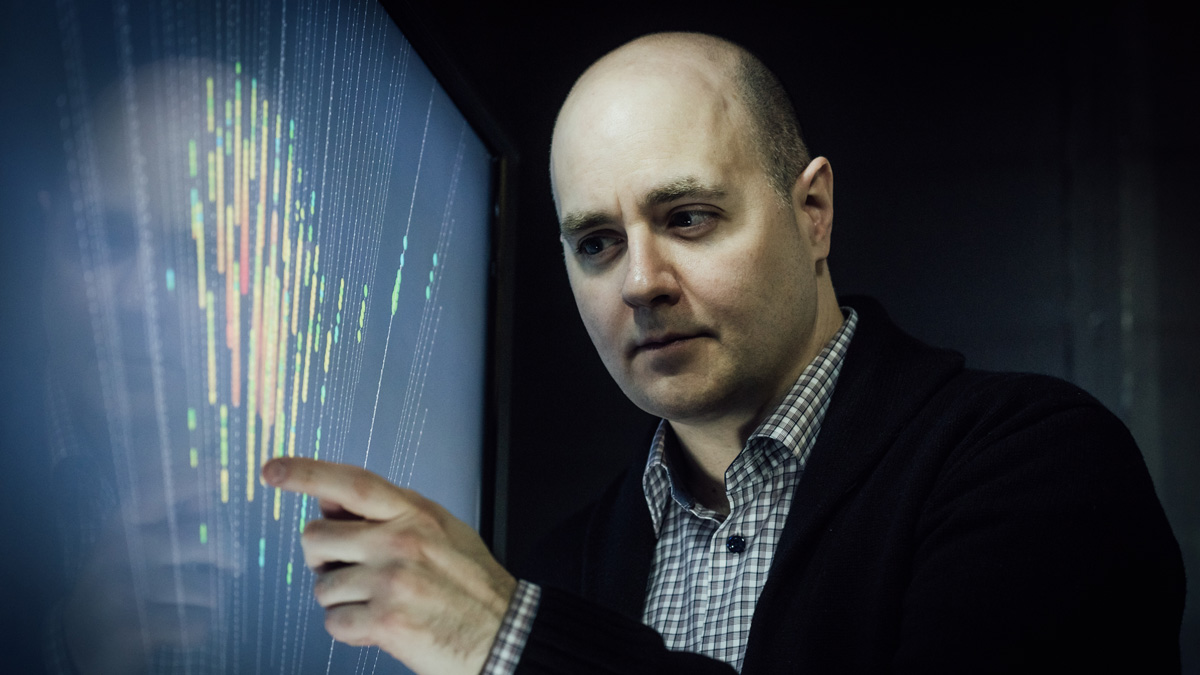 NSERC
NSERCA recently published scientific journal article has exposed new possible properties of the neutrino, an elusive subatomic particle.
Previously, neutrinos were thought to be the only particle that can travel through the Earth or entire universe, from one end to the other, freely. A study published in the November 22 issue of Nature by the IceCube Collaboration Project found that at certain densities within the Earth’s core neutrinos are actually being absorbed.
Darren Grant, a University of Alberta associate physics professor and Canada Research Chair in astroparticle physics, is part of the IceCube collaboration. IceCube consists of 48 institutes and universities from 12 different countries that measure neutrinos at the South Pole Station in Antarctica.
After collecting a year’s worth of data, Grant said a trend emerged which showed that as neutrinos energy increased, the higher the probability that they will interact with the Earth became. At extremely high energies some of these neutrinos become absorbed in the Earth’s core.
“Now that is unexpected for something you call the ghost particle,” Grant said. “The fact that they can get absorbed was something that (made me) speechless. Nobody had measured (this) before.”
IceCube has 5,160 detectors placed over a cubic kilometer within a glacier at the station. This collection of instruments form a three-dimensional grid of light sensors to measure and analyze neutrino events. The detector field records when an interaction occurs and the type of neutrino involved.
“We are basically probing a brand new area for the physics that is out there,” Grant said.
Part of the reason why the neutrino has remained such a mystery is that it’s very hard to study, Much of neutrino research today comes from manmade experiments at the Large Hadron Collider and detector units like the Sudbury Neutrino Observatory. Even these neutrino interactions are limited in scope in Grant’s mind. IceCube’s detectors have measured natural events at hundreds of times higher energy than what the Large Hadron Collider has.
Grant believes this result opens the door for new developments in the field of neutrino tomography, the study of the Earth’s subsurface using neutrinos. In the future, imaging of the inner region of the Earth could be conducted using neutrinos.
Grant said the imaging would operate much like an x-ray, where researchers would utilize neutrinos and their newly measured properties to compare regions of density within the Earth. This could help scientists measure exactly where the liquid core or mantle start and stop.
“The seed was really… planted today,” Grant said. “It does create new opportunities from a lot of different fields, whether geology, geophysics, or particle physics. A lot of potential is opened up.”




